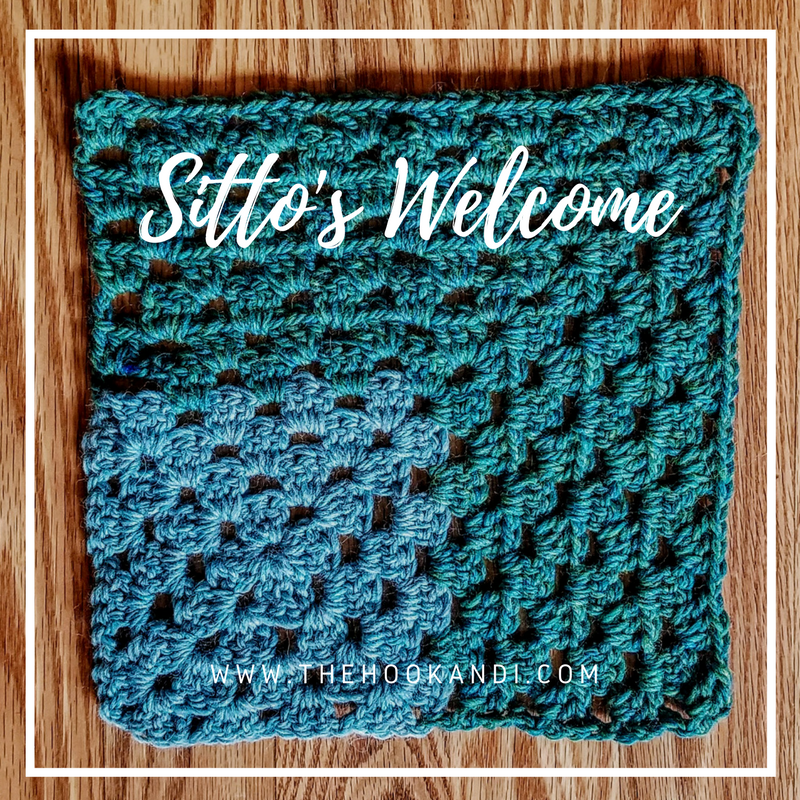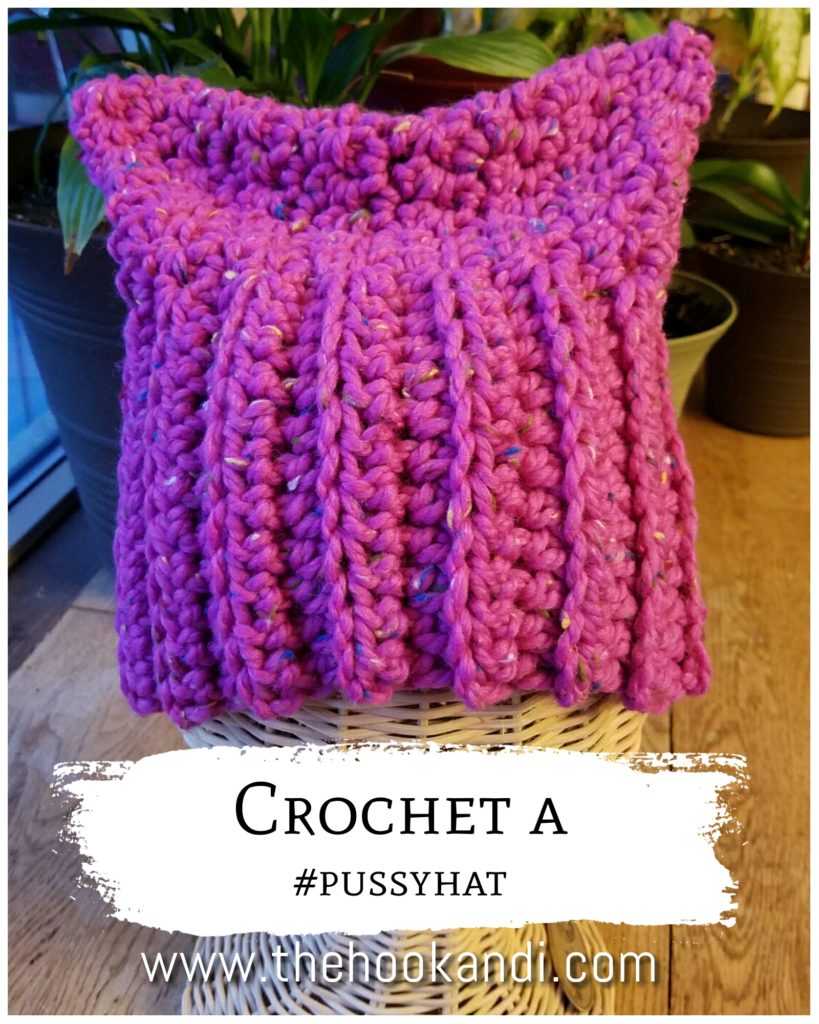Sitto–my Syrian grandmother–taught me to crochet when I was eight years old. Sitto was the daughter of immigrants, the first in her family to be born in the US in 1912. Her brothers and her parents all emigrated from Syria and settled in La Crosse, WI, where my mother was born.
Being Syrian has always been about welcome–about having something delicious to eat when someone arrived, about making room for friends, family, strangers, visitors. Sitto would joke, “If I knew you were coming I’d have baked a cake,” as she was pulling out homemade Syrian bread, tabouli, meat pies, along with midwestern corn on the cob, sliced tomatoes, watermelon, cookies. Sitto didn’t speak a lot of Arabic around me and my brother, but “ahlan wa sahlan,” was definitely something we heard growing up. It means “welcome.”
Here’s how the website “Arabic Without Walls” at UC Davis translates the expression:
“Ahlan wasahlan comes from an old saying that shows Arab hospitality to strangers. Ahlan means ‘family’ as in you’ve come to stay with family, and sahlan here means a flat land or place where grass/food is abundant to be shared with visitors.”
The urge to welcome is deep in my DNA, and the reaction I have when welcome is revoked–when people are turned away–is visceral. I was so glad to hear that Jayna Zweiman, the amazing mind behind The Pussyhat Project has come up with another act of craftivism–this time a response to the idea of building a border wall. The new project, called The Welcome Blanket Project, proposes to create welcoming warm wooly blankets–enough of them to measure the length of the proposed wall. This is what crochet and knitting are for. For creating warmth, sharing love, welcoming. The finished blankets will be displayed at a museum in Chicago, and then distributed to refugees and immigrants along with letters from the makers.
Designer Kat Coyle from The Little Knittery designed a simple square with two contrasting right triangles. It can be used to create lots of great patterns. I offered to “translate” the pattern into crochet, and now my version of Kat’s square is up on welcomeblanket.org. You can also find it on Ravelry.
I also wanted to create my own square, in honor of Sitto, who crocheted so many blankets, mostly from scrap yarn in her 93 years. It incorporates a granny square, and it features green–a color of abundance, of “sahlan,” and blue–color of the oceans on which those freeing persecution must often travel. Creating those rounds in blue, I imagined easy, smooth passage. Creating the green corners, I envisioned safe harbor, welcome.
I’m still working on my Welcome Blanket, and I’ll post again about the fun with tessellations–arranging the square into a blanket pattern. Meanwhile you can download the pattern and get started. Please join the Welcome Blanket Project too.
Download Sitto’s Welcome from Ravelry












